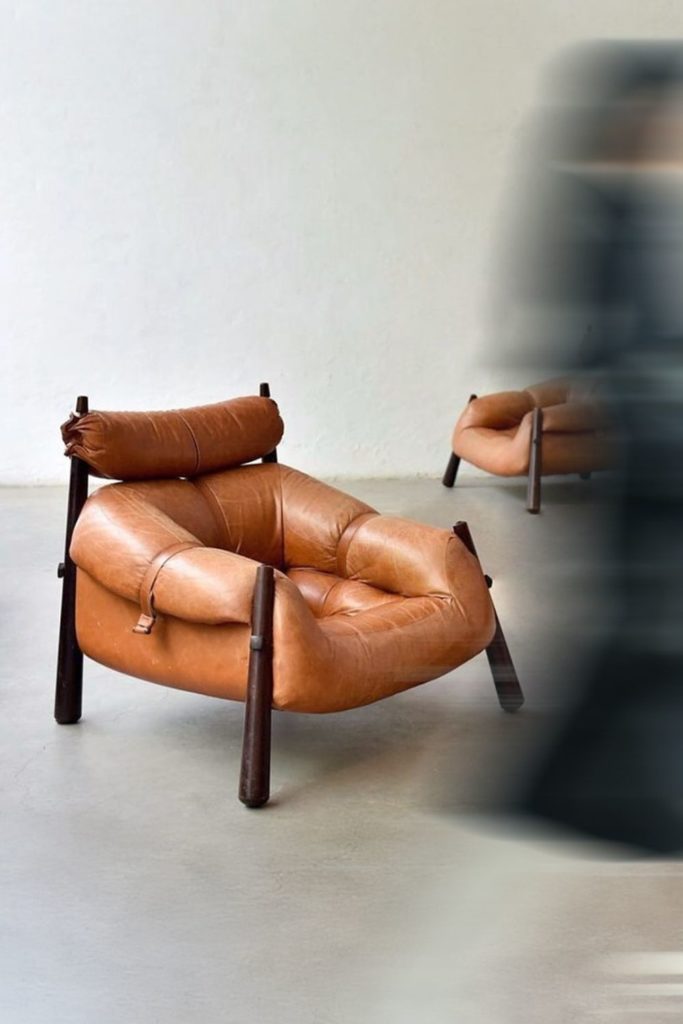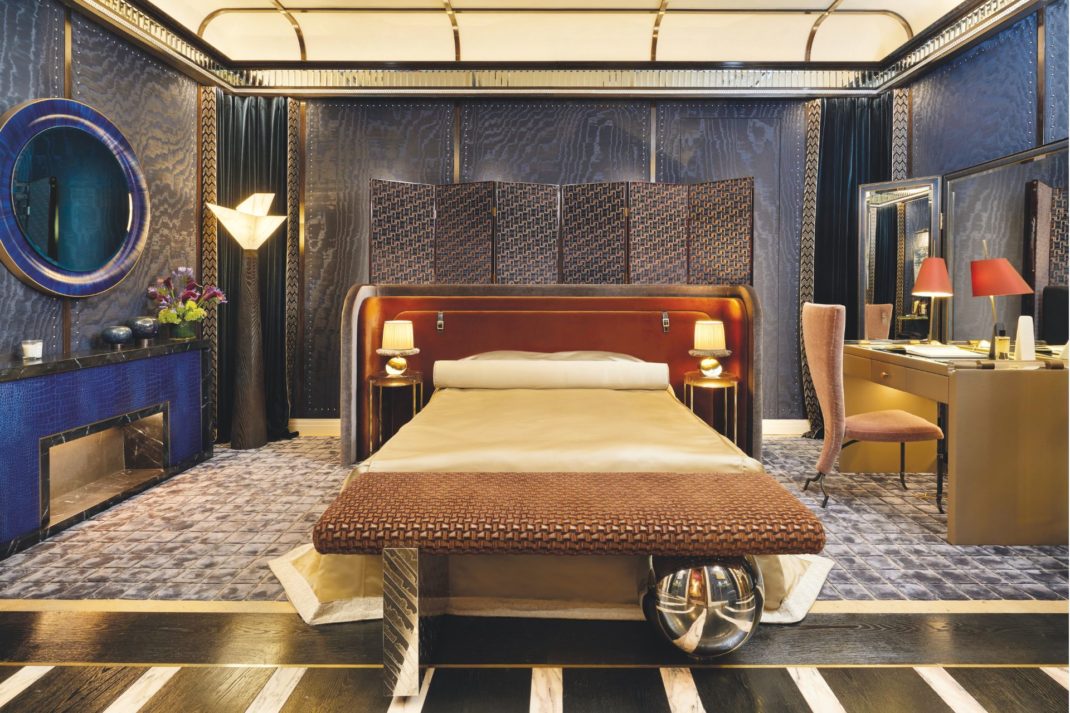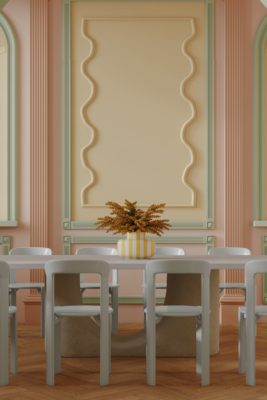Japandi Style Is Here To Stay
By
5 months ago
Why we should all be embracing Japandi in our interiors
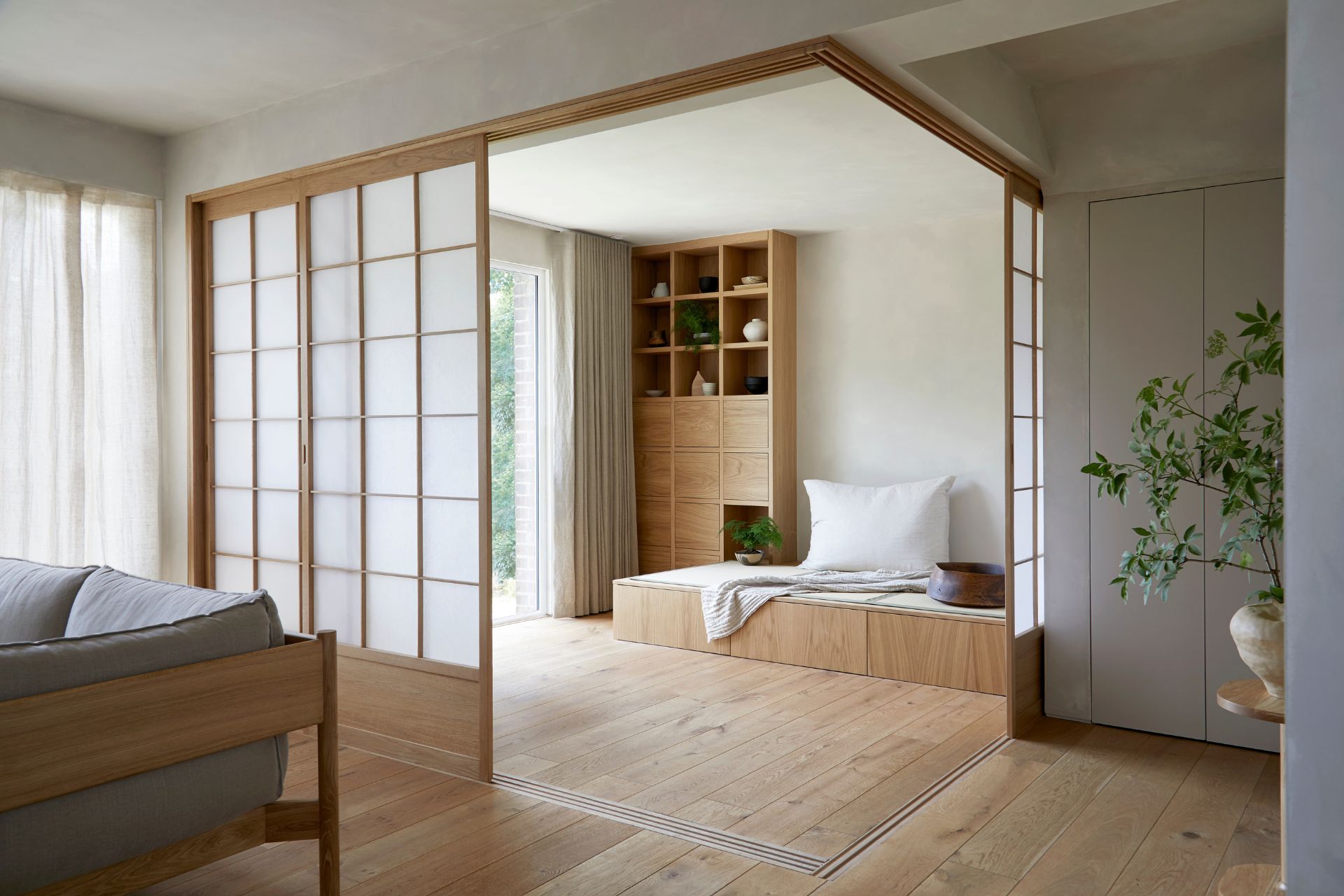
While Scandi style has been pegged as one of 2025’s biggest interior design trends, it seems that another minimalist look is very much in vogue: the Japandi aesthetic. Here’s everything you need to know.
What Is Japandi?
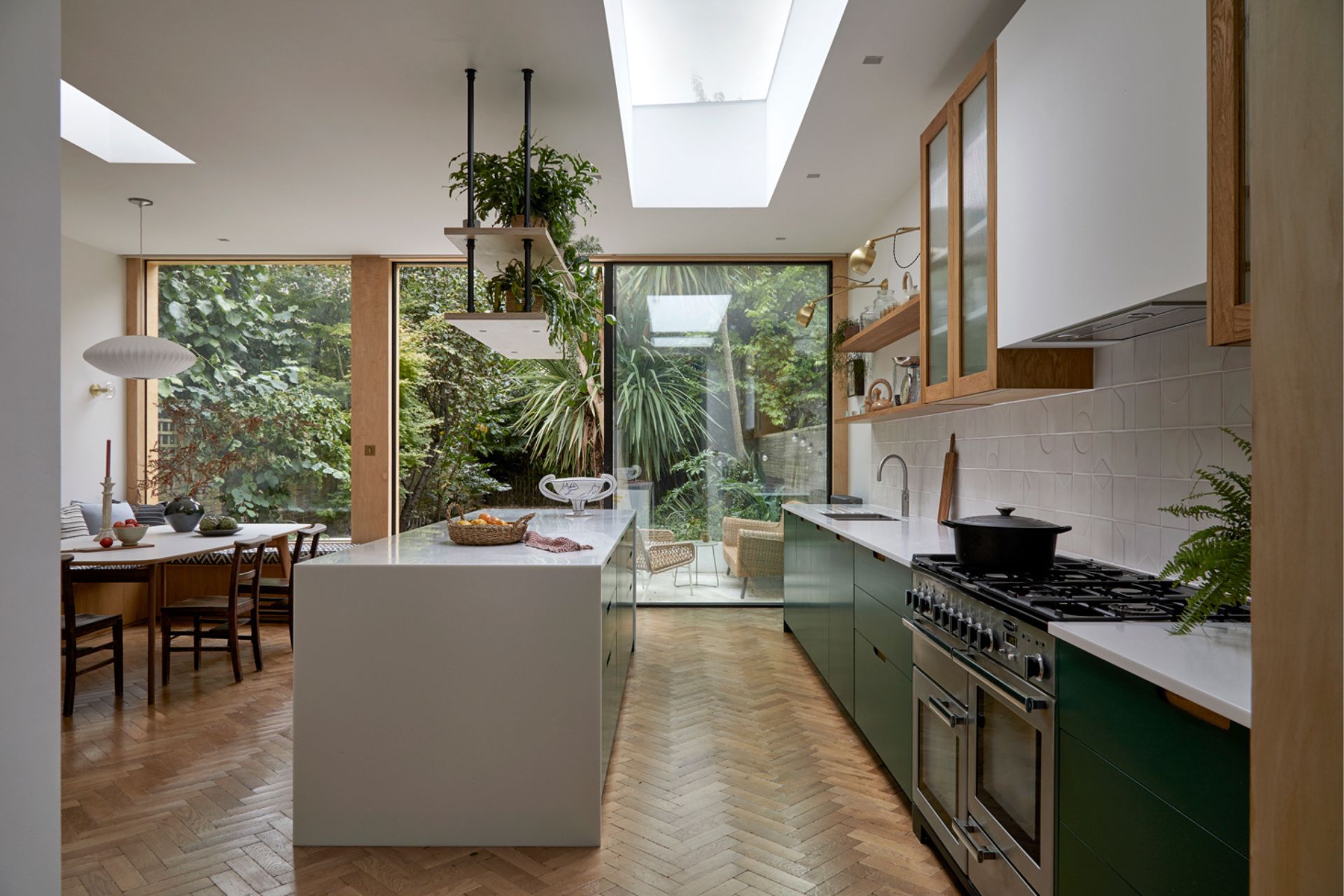
Yoko Kloeden Design (c) Anna Stathaki
What do you get when you cross the demand for Japanese-inspired interiors with the perennial popularity of all things Scandi? Japandi, of course. Fusing principles of minimalism, neutral colours and natural materials, Japandi is an interiors trend that takes the best of both styles for an aesthetic that’s sleek, modern and bang-on-trend for 2025. Think low-profile furniture, polished wood, cloudy colour palettes, and effortlessly functional spaces.
The hallmarks of a Japandi space are subtle colours and natural materials. Cream, white and taupe shades reign supreme, with plenty of wooden surfaces and wall panelling. While curated clutter might be on the rise, it’s not the aim of the game here; think about airy, expansive rooms kitted out with lots of clever storage.
Japandi is also known for its emphasis on biophilia. Houseplants are, of course, a great place to start, but a true Japandi-style space will work in harmony with the outdoors – so skylights and floor-to-ceiling windows are key.
Japandi & Wabi Sabi: What’s The Difference?
Japandi may be among the most well-established minimalist design trends, but its counterpart, wabi sabi, can cause some confusion. While both focus on natural beauty and earthy, muted colours – and both originate from Japan, of course – Wabi Sabi is rooted more in a sense of freedom. Crucially, it emphasises the beauty of imperfection, meaning that it’s often associated with organic shapes, rustic materials and unique, handcrafted pieces boasting a distinct sense of charm and authenticity.
So, Japandi and Wabi Sabi certainly share a colour palette and a desire for clutter-free functionality, but Wabi Sabi is all about asymmetry and irregularity, where Japandi values bold, clean lines and a strictly uncluttered aesthetic.
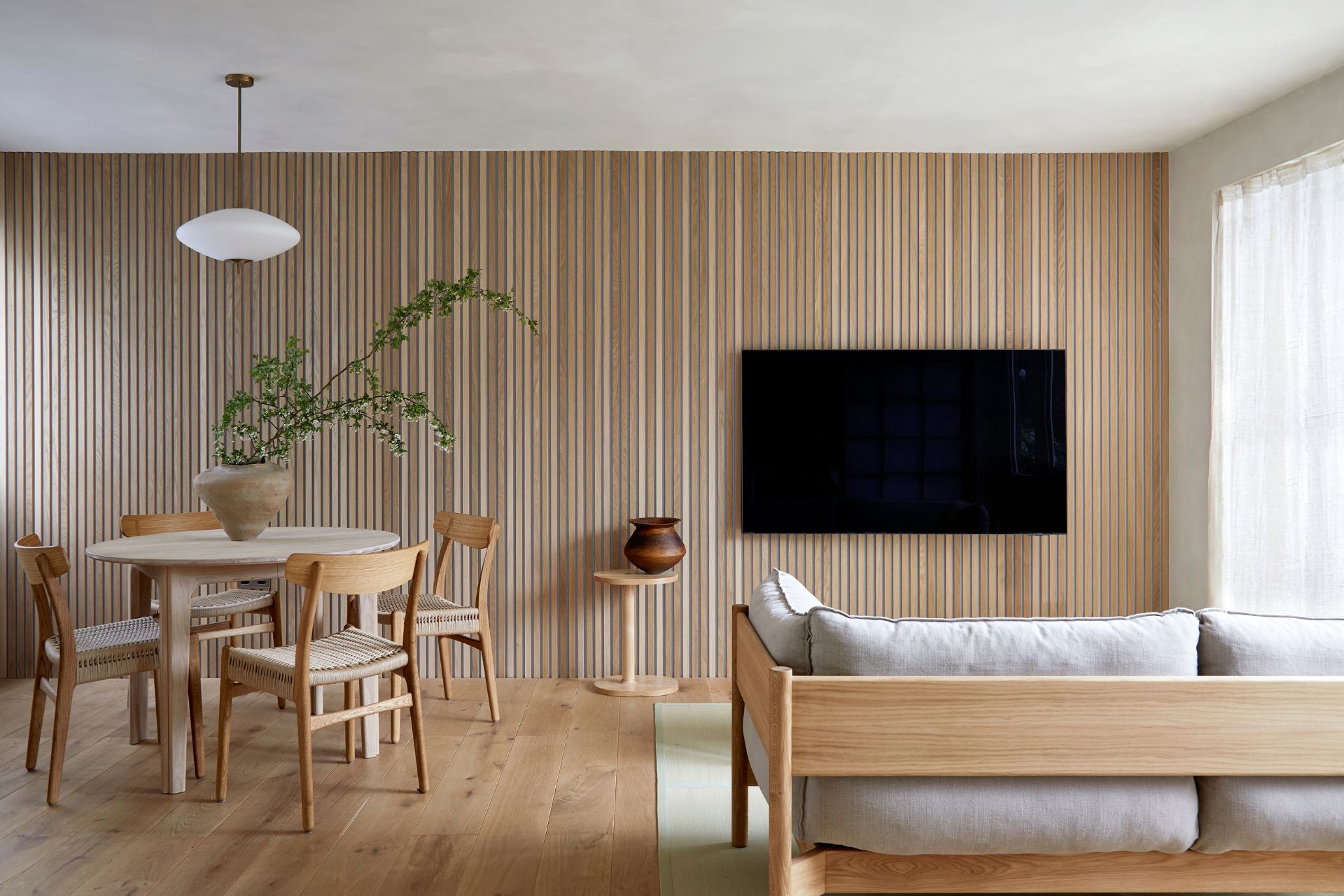
Yoko Kloeden Design (c) Anna Stathaki
How To Tap Into The Japandi Trend
Muted Colours
Muted greens, dusty greys, pale ochres and delicate eggshell tones the key to a Japandi palette. Both Japanese and Scandi interior design favour cooler tones, so a base of pale neutrals like off whites make an ideal starting point for a Nordic feel. Bring in a Tokyo-apartment sense of depth by layering equally understated deeper blues, burnt oranges, and shadowy mauves and flat charcoal tones.
Textured Furniture
Japandi furniture is all about sleek, modern silhouettes and low profiles, while Swedish hygge branches out a little more into cosy textures, chunky wool knits and bobbly finishes. Surprisingly, though, these disparate styles are a match made in heaven: try mixing textured natural rugs and fluffy soft furnishings with sculptural statement furniture like mid-century chairs. To vary the scale of your pieces, add some simple, low-slung shelving.
Clean Lines
While Japandi has some playful elements to it (like paper lamps, mismatched ceramics, layered art prints and stacks of books), clean lines and understated design is key. Scandinavian and Japanese furniture prizes craftsmanship and simple form – avoid overwhelming a room by choosing striking, angular pieces, and stick to a maximum of two tones in the upholstery. When it comes to colour, use one neutral shade range for the main elements of the room (walls, rugs, and floors), then weave a second shade into the foreground.
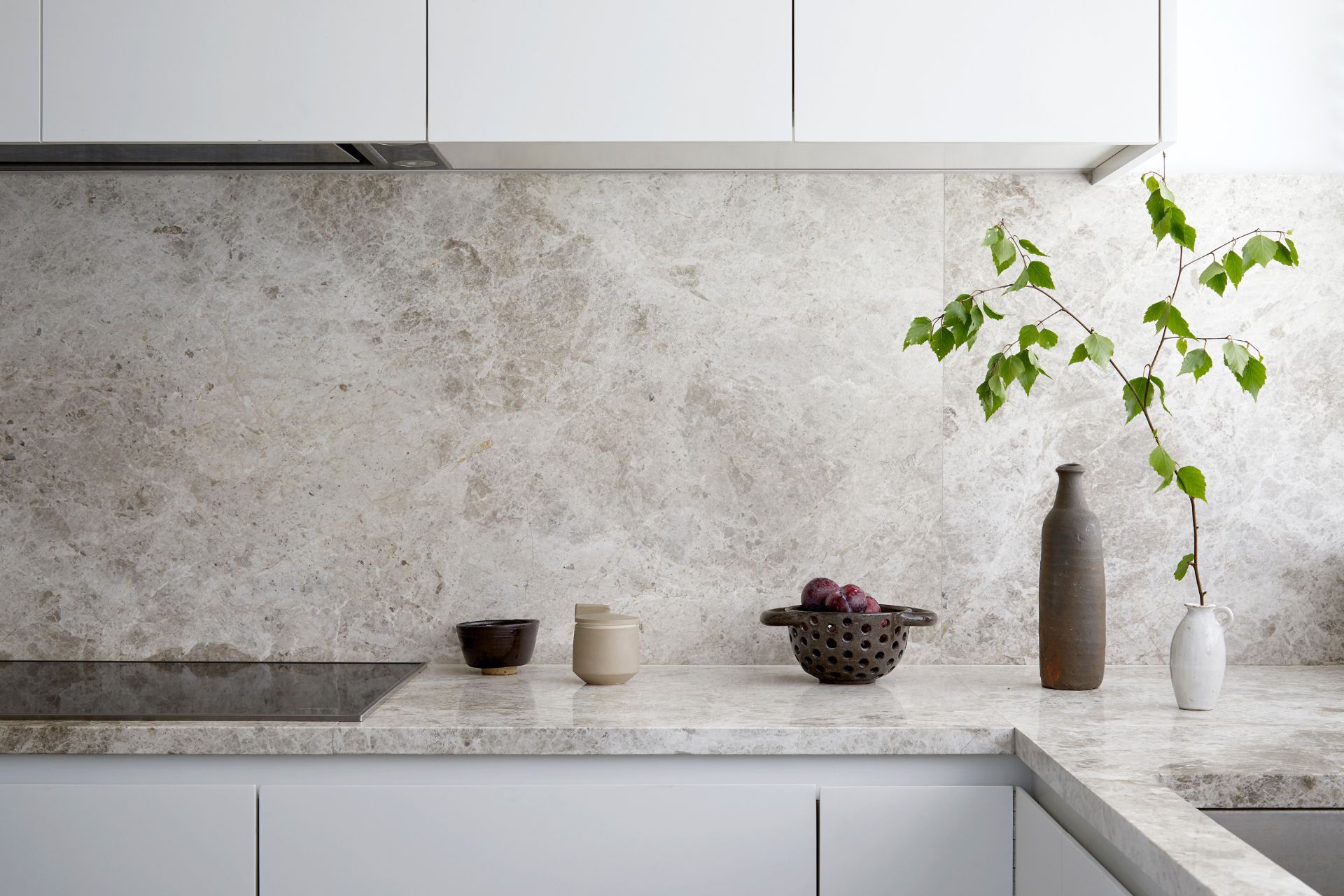
Yoko Kloeden Design (c) Anna Stathaki
Natural Elements
A theme that connects both Japanese and Scandi design principles is the importance of nature, bringing the outdoors in.
Unfortunately we don’t all live on the edge of a forest or lake – but you can still incorporate a little of this Japandi thinking into your rooms by adding plants and greenery. For the best effect, mix up the shapes, sizes and styles of your plants, and place them at different eye levels.
Soft Lighting
If you’re blessed with high ceilings and large windows, make the most of them by sticking to minimal, sleek blinds. Both Scandi and Japanese schemes lean towards no-fuss window treatments that soften rather than block out the light. Low on natural light? Strategically place contemporary round or tall mirrors to create an illusion of space and sunlight.
Images courtesy of Yoko Kloeden Design


